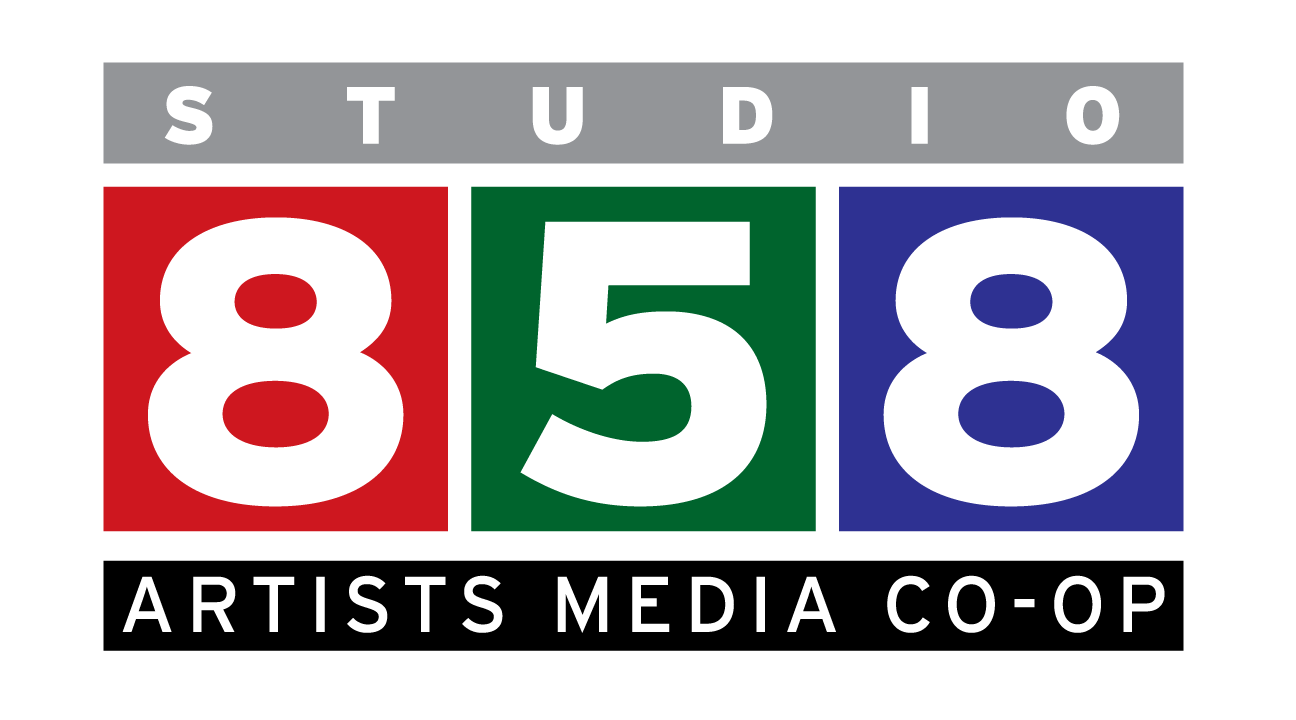Talking about the days of film photography is almost enough to get oneself labeled as a totally irrelevant dinosaur in this day of digital supremacy, even considering the inexplicable hipster fascination with film cameras and photography. There are, however, some things that simply must be said, and all of the other dinosaurs pushed me to the front of the group and made me their spokeslizard, so here goes.
It used to be safe to be a photographer. Seriously, unless we were war correspondents or covered the local crime beat, we photographers had a relatively easy life complicated only by weepy brides, demanding mothers, cheapskate dads, and truculent children. We could be relatively sure that after a day of hard photographic work we would make it home to our loved ones more or less unscathed.
Our cameras loved and respected us and treated us kindly. My first 35mm camera was a Nikkormat FTn, a less expensive Nikon camera that none-the-less cost me about $350 in an age when I could have purchased a new Volkswagen beetle for $2000. I slept with my new Nikkormat under my pillow and read the instruction manual every night before I went to sleep. The manual it came with had a total of 32 pages detailing every particular of how the camera worked: the depth of field preview button, how to load film, proper focusing, operation of the self-timer, mirror lock-up, film speed settings, shutter speed and aperture controls as well as the film advance and tips for caring for the camera. I practically memorized that booklet.
A kindler, gentler camera with my favorite lens.
In the 32 pages of instructions for my Nikkormat, there were only 3 cautions:
Pg 7 – “Do not load the camera in bright sunlight. If no other shade is available, shade the camera from the sun with your body while loading.”
Pg 17 – “When mounting the camera on a tripod, do not over-screw the tripod into the camera tripod socket as it may damage the camera baseplate.”
Pg 25 – “Never throw discarded batteries into a fire.”
All of these cautions being sound advice and things that I would never have thought to do (except for the battery in the fire thing. After all, I was a boy and loved explosions of all sizes).
Subsequent 35mm and 120 cameras that I purchased came with similar manuals; simple booklets that carefully explained the operations of sophisticated cameras in a way that anyone who understood the English language could easily comprehend. All of them had the simple cautions characteristic of that simpler age. Warnings such as,
A very safe camera except, perhaps, for backstrain.
“Don’t open the back of the camera when film is loaded.”
Or, “Do not leave your camera in the rain or lying on your driveway.”
Or, “Please do not drop this camera on your foot.”
If it were an underwater camera, such as the legendary Nikonos, it might say,
“Do not attempt to load film underwater” (Nikon put that caution into the manual after the lawsuit by the man who tried doing just that).
All this relative safety and simplicity evaporated, however, when digital cameras stormed into my life and knocked film into the dusty past. My first digital camera, the 11 megapixel, full frame Canon 1Ds, arrived with a 176 page tome that contained no less than 5 pages of safety precautions and warnings. Here are the terrible things this harbinger of doom informed me would happen if I were so irresponsible as to incorrectly use this marvel of modern technology.
This is the beast that cost me so much sleep.
Some of these, according to the Book of Instructions, are mere Safety Precautions, some are Important, some Cautions, some Warnings, some merely necessary to Preventing Malfunctions or pertinent to Camera Care. But then, the book informs me, there is the danger of skin burns, eye injury, electric shock, asphyxiation, poisoning, explosion, fire, and, as if those were not bad enough, data destruction!
Could we have known it was so hazardous to be a photographer in the new, improved, century? Why hadn’t the futurists warned us that with great marvels would come great danger?
To make a living in photography is, all by itself, a trying task, replete with slings and arrows (usually striking inappropriate parts of our persons), so we photographers are not by nature faint of heart. We can live with skin burns, electric shock, asphyxiation, poisoning, etc., and maybe even occasional data destruction, but we are undone by the unknown unknown, which has now become known, and is, perhaps, an even greater threat than all of the unpleasantness enumerated above.
Chimping; the bad habit that every digital photographer seems to have of looking at our past images rather than focusing on future opportunities. Who would have thought it? Being able to immediately review our photos is generally thought to be a good thing, but in this case the good may have become the enemy of the best. As these photographers found out the hard way



